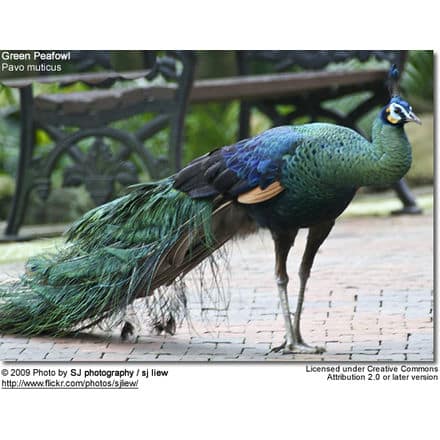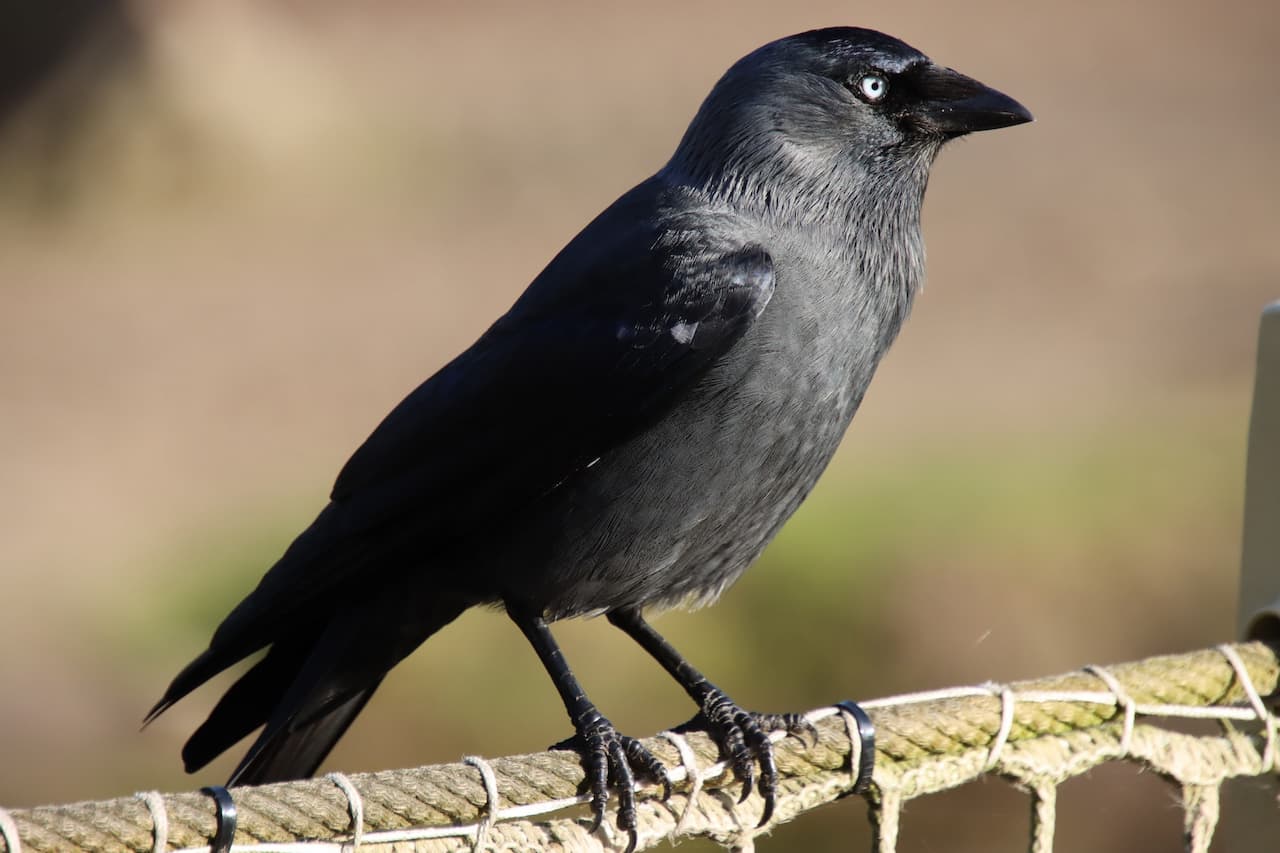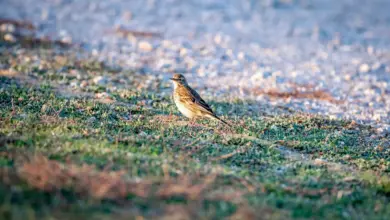Belding’s Yellowthroats
Belding’s Yellowthroats
Yellowthroat Information … Yellowthroat Species Photo Gallery
The Belding’s Yellowthroats, Geothlypis beldingi, is a New World warbler. It is a resident breeder endemic to southern Baja California, Mexico. This race has been drastically affected by habitat loss and is now restricted to several small marshes in southernmost Baja California [the Estero at San Jose del Cabo and the lagoon at Todo Santos; August 2007]. This species is named for Lyman Belding, a prominent Californian naturalist.
It is closely related to the Common Yellowthroat, Altamira Yellowthroat, and Bahama Yellowthroat, with which it forms a superspecies, and was formerly considered conspecific (of, or belonging to, the same species).
Description
The Belding’s Yellowthroats is 14 cm long with an olive-green back and bright yellow belly. The adult male of the southern nominate race G. b. beldingi has yellow underparts, a black facemask and yellow forecrown. The female is similar, but lacks the black mask and has an olive crown. It is similar to Altamira Yellowthroat, but separated from it by the width of Mexico.
The male of the northern subspecies G. b.goldmaii has a pale belly and grey forecrown, making it very similar to some non-migratory southwestern races of Common Yellowthroat, which, however, do not overlap in range. It is larger and slightly brighter than the migratory races of Common Yellowthroat which winter in Baja California, and the male’s mask extends further onto the nape (back of the neck) than is the case with the visitors. This race is still fairly common, but its range is shrinking through habitat loss.
They are usually seen in pairs, and do not associate with other species.
Breeding / Nesting
Belding’s Yellowthroats breeding habitat is freshwater marshes and lagoons, usually with cattails. It builds a cup nest of dead cattails which is usually attached to low on the stem of a living cattail. It lays 2-4 eggs, usually 3.
Diet / Feeding
Like other yellowthroats it forages low in vegetation and feeds on insects and other small invertebrates (= animals without internal skeleton, such as insects, larvae, earthworms, millipedes, snails, spiders).
Vocalization
The song of Belding’s Yellowthroats are loud wichety wichety wichety wich, similar to that of Common Yellowthroat but deeper, fuller, and with some buzzes. The call is a soft jip, again similar to Common Yellowthoat.
Copyright: Wikipedia. This article is licensed under the GNU Free Documentation License. It uses material from Wikipedia.org … Additional information and photos added by Avianweb.
Please Note: The articles or images on this page are the sole property of the authors or photographers. Please contact them directly with respect to any copyright or licensing questions. Thank you.




